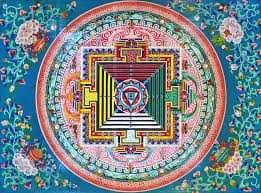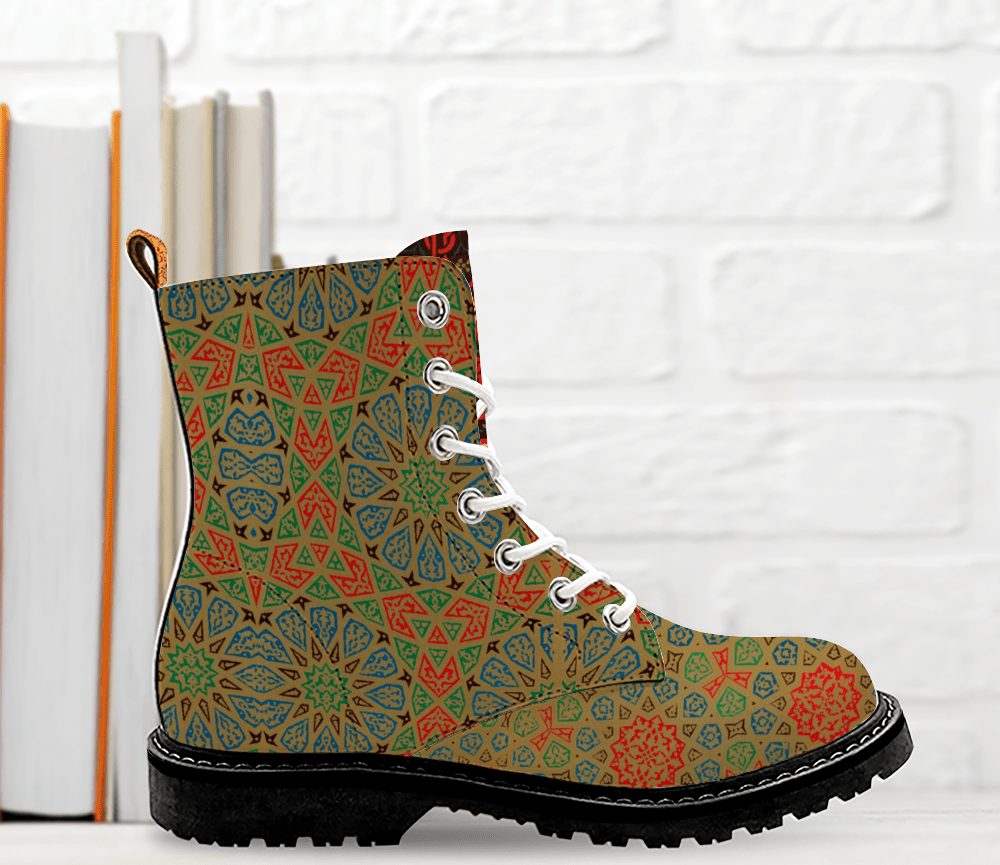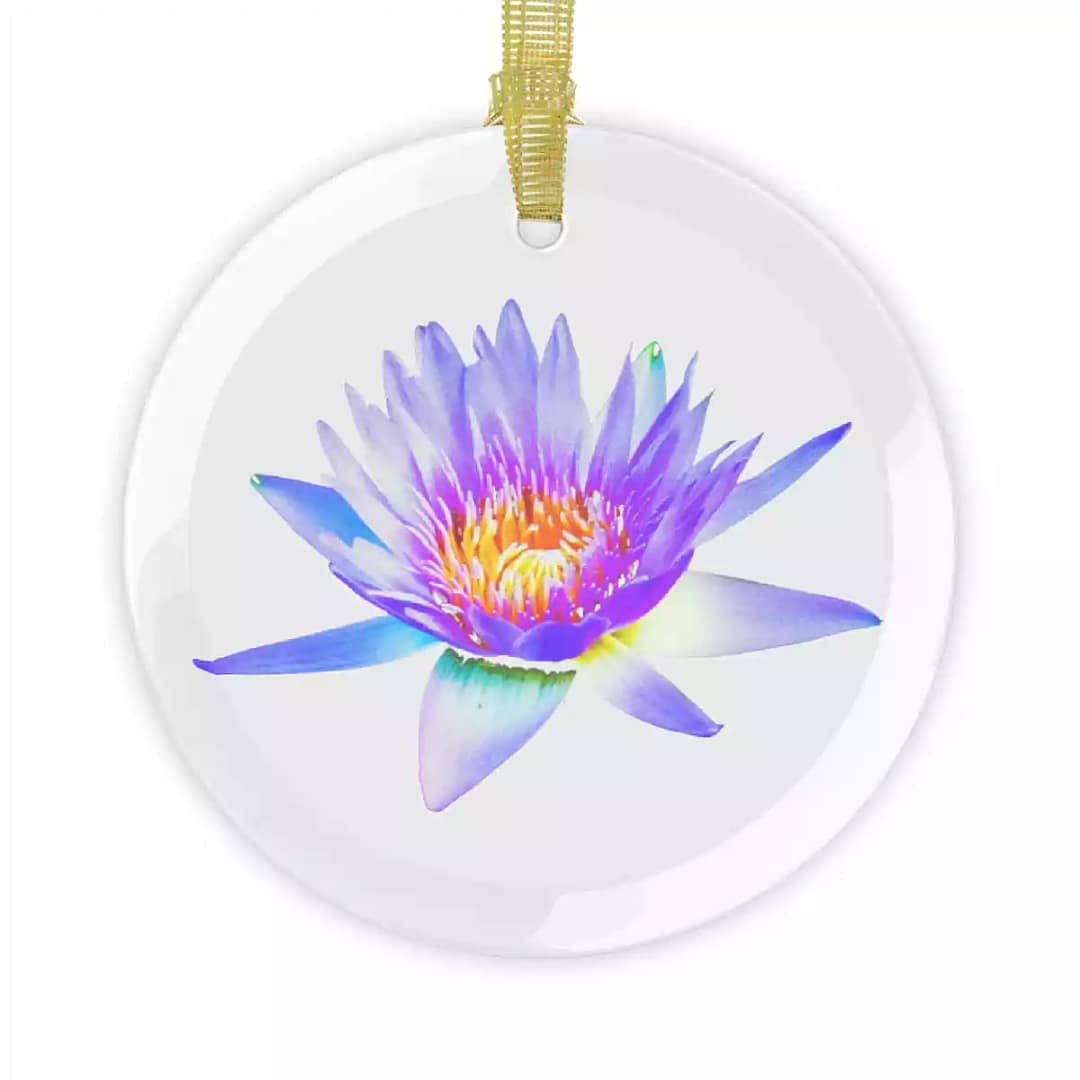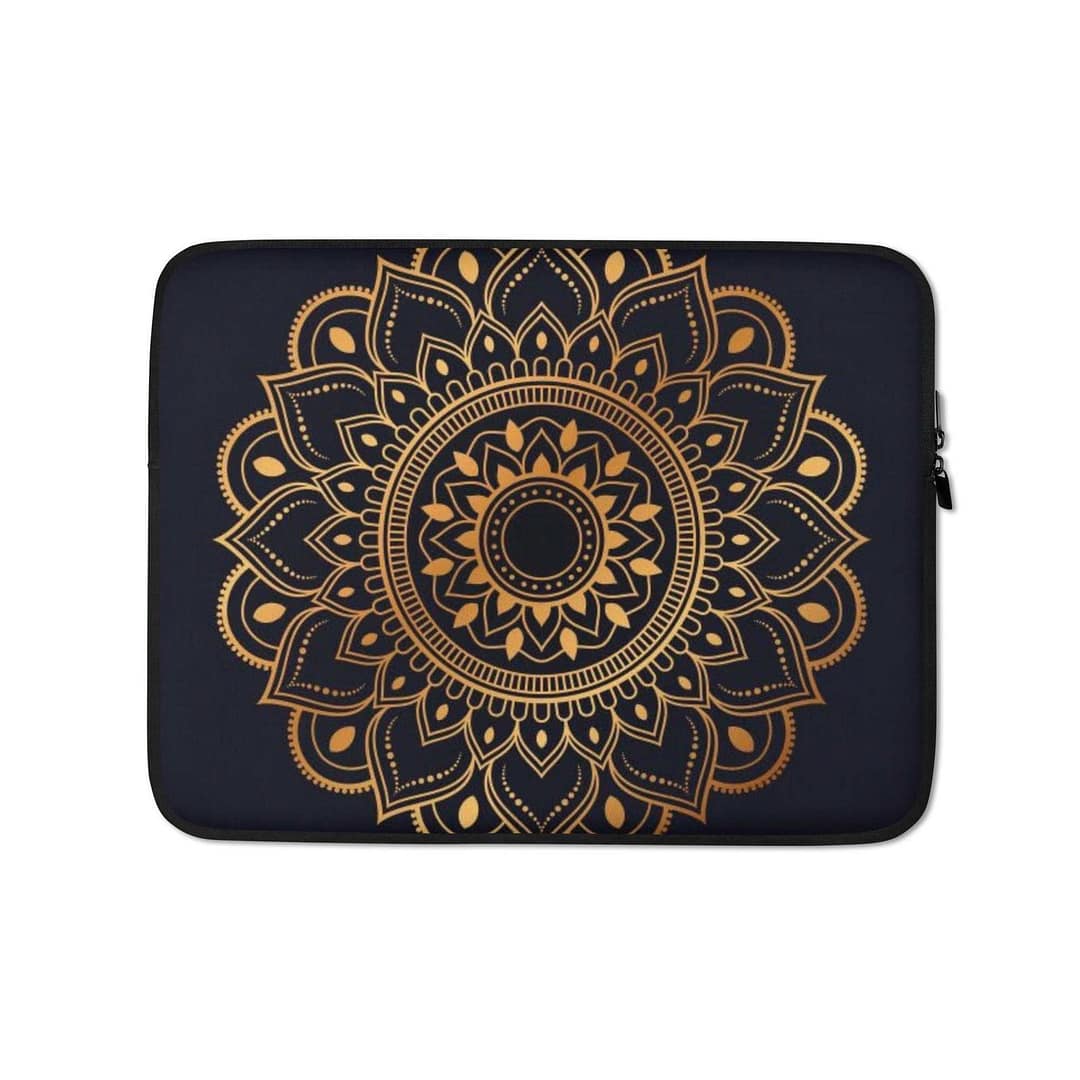The word mandala means “circle” in Sanskrit and is the name given to geometric patterns that Buddhists have used in the practice of meditation for centuries.
Carl Jung, the renowned Swiss psychiatrist and psychoanalyst, had a deep fascination with mandalas. He considered them to be powerful symbols of wholeness and individuation, representing the integration of the conscious and unconscious aspects of the self.
According to Jung, mandalas can be seen as archetypal images that emerge from the collective unconscious, reflecting the universal patterns of human experience.
For Jung, mandalas served as a tool for self-exploration and self-transformation. He often encouraged his patients to create mandalas as a means of accessing and expressing the unconscious. By engaging in the process of creating a mandala, individuals could gain insight into their own psyche, discover hidden aspects of themselves, and achieve a sense of harmony and balance.
Jung believed that the circular and symmetrical design of mandalas had a calming and stabilizing effect on the psyche. They represented a microcosm of the universe and symbolized the unity of all things. Mandalas can be found across different cultures and religions, such as Buddhism, Hinduism, and Native American traditions, each with their own unique interpretations and spiritual significance.
Today, mandalas continue to be used as tools for meditation, self-reflection, and personal growth. Creating or coloring mandalas can be a therapeutic practice, allowing individuals to relax, focus their attention, and tap into their inner wisdom. Whether you appreciate them for their rich symbolism, artistic beauty, or meditative qualities, mandalas offer a profound way to connect with the deeper aspects of ourselves and the universe we inhabit.
Examples of mandala can be found in all the ancient cultures. We find it in Christianity under the form of frescos with animal images representing apostles (and the zodiac). The astrological zodiac and its versions are examples of mandala. Also, in the Indian spiritual practices we find fascinating examples of mandala, with symbols of the local pantheon.
In yoga practices, mandala can be a support for meditation or an image that must be internalized through mental absorption. This image organizes the inner energies and forces of the practitioner and puts them in relationship with his ego-consciousness.

“I sketched every morning in a notebook a small circular drawing … which seemed to correspond to my inner situation at the time. … Only gradually did I discover what the mandala really is: … the Self, the wholeness of the personality, which if all goes well, is harmonious.”
— Carl Jung, Memories, Dreams, Reflections, pp. 195–196.”


























